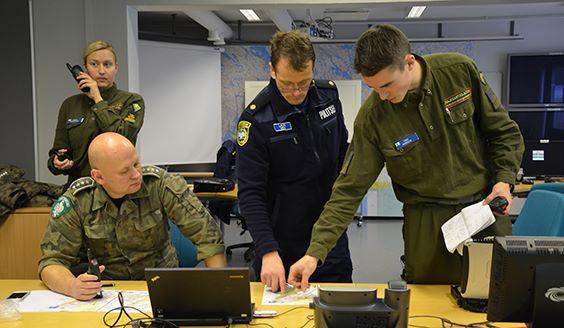
My year-old
two–
part Armored Brigade review is little out-of-date now. Since it was penned, Veitikka Studio have strengthened their top-down Close Combat-reminiscent Cold War wargame with a likeable dynamic campaign system, a host of engine improvements, and an add-on containing two payware factions, Italy and Yugoslavia. A strong turnless tactics title has quietly morphed into an offering with the accessibility of CC, the plausibility of Combat Mission, and the campaign freedom of Graviteam Tactics.

Juha’s approach to the long game reminds me a bit of Atomic’s in Close Combat 2: A Bridge Too Far, the key difference being in AB the player decides how long the mission sequence is and what battlefields it will incorporate. You begin by clicking your way across one of the game’s four huge theatre maps (Fort Irwin, Fulda Gap, North German Plain, South-East Finland). The engine then converts this route into a chain of clash venues. Play begins on the middle link of the chain with a “meeting engagement”. Win and you move one map closer to your objective, the enemy end of the chain.

Maintaining forward momentum isn’t easy as, following victories, you’re expected to assault VLs defended by sedentary, hard-to-spot foes – often a tough proposition. And the closer you get to that map at the far end of the chain, the fewer “supply points” you get to spend on refitting your battered core force between battles.

It’s an ingenious, semi-self-balancing mechanism (defeats push you back towards your end of the chain and shorten your supply lines) enhanced by the way constituent maps suffer persistent damage. A venue fought over multiple times sports the bruises of earlier combats – rubbled buildings, scorched woodland, cratered roads, etc. The fact that maps are randomly culled from larger entities, and AB’s unscripted AI is driven entirely by VL position and force composition, guarantees an endless succession of unique, unpredictable engagements.

As reported last week, the latest beta patch increases the game’s map cell capacity from one to three units, an improvement that aids pathfinding and boosts naturalism considerably. On the attack the AI can still seem a tad over-eager and uncoordinated at times but that slight clumsiness is balanced by a talent for defence and a plethora of customisation options that, when used cleverly, hide behavioural deficiencies pretty well.

The next step for AB is a deserved Steam debut. That will happen on October 31 and coincide with the release of
a second expansion pack. Period (1965-91) French and Belgian armies are soon to join the default Soviet, US, British, Finnish, East German, West German and Polish ones. With the new unit selections will come
a tract of Western Europe more associated with Shermans and Panthers than the angry abodes of the Cold War.
















![Glory to Codexia! [2012] Codex 2012](/forums/smiles/campaign_tags/campaign_slushfund2012.png)

















